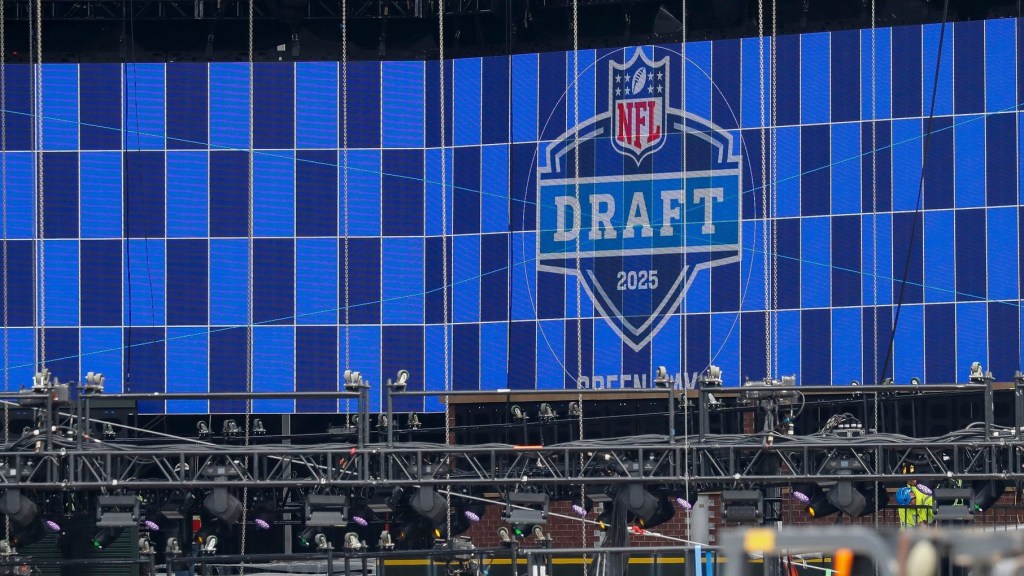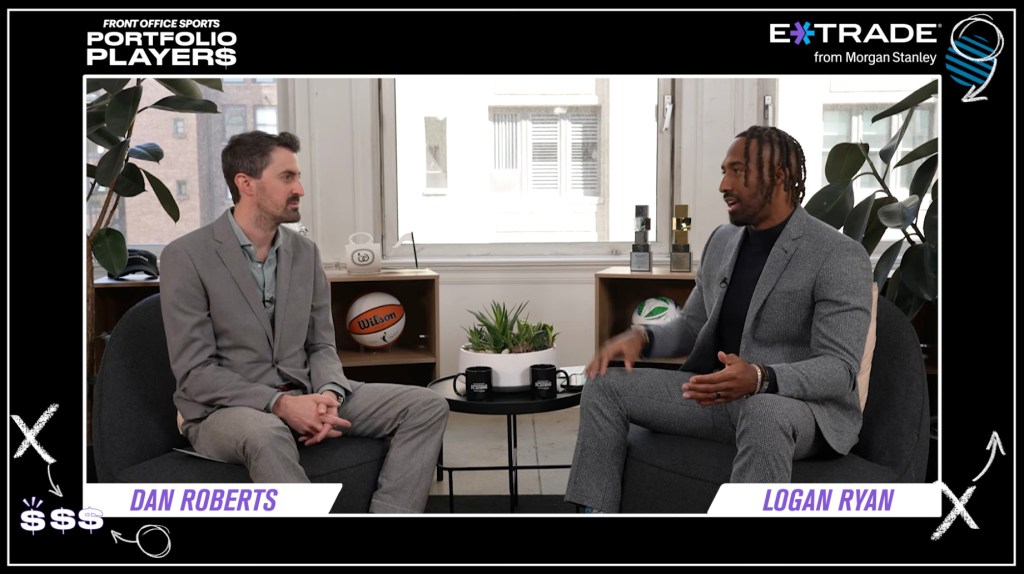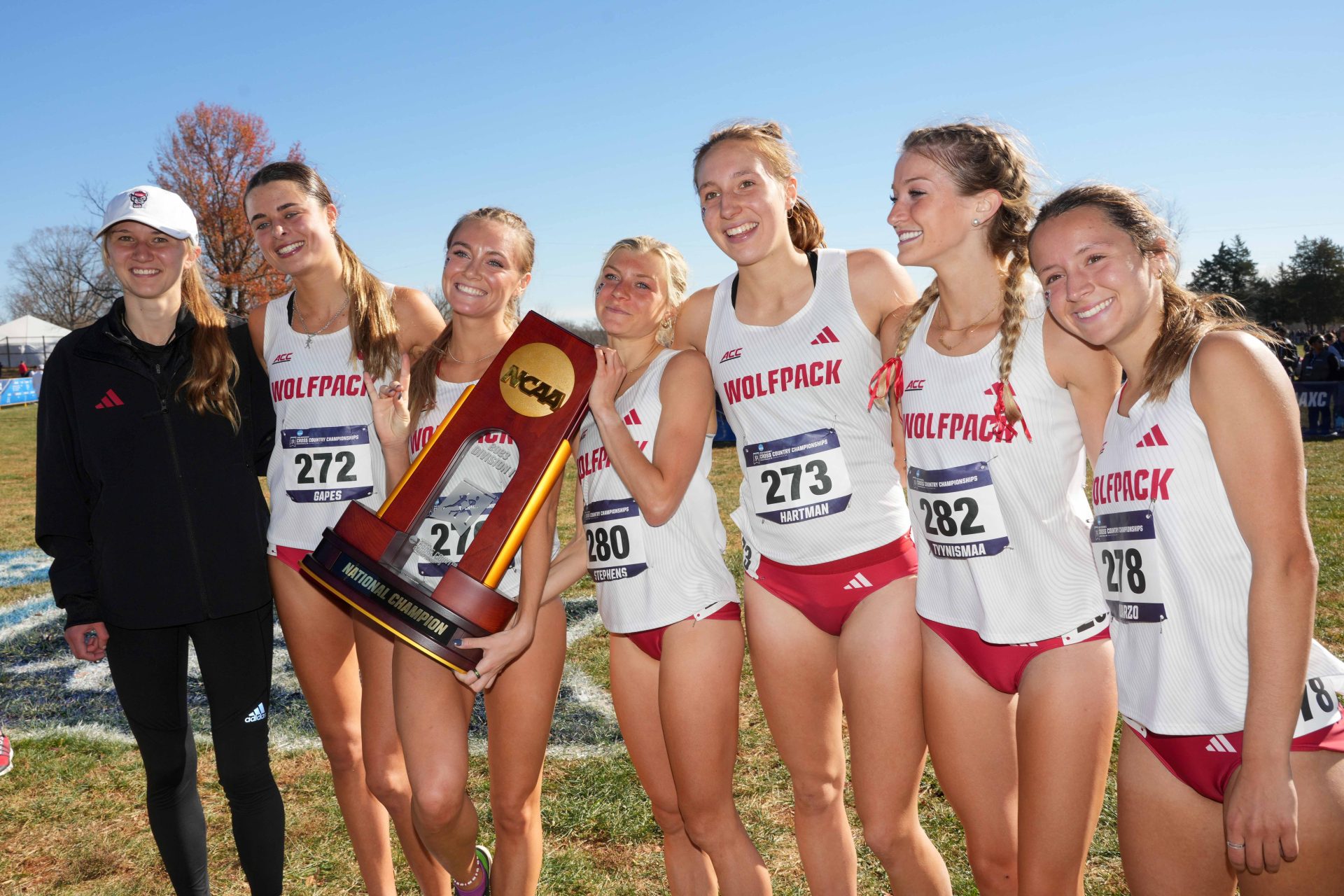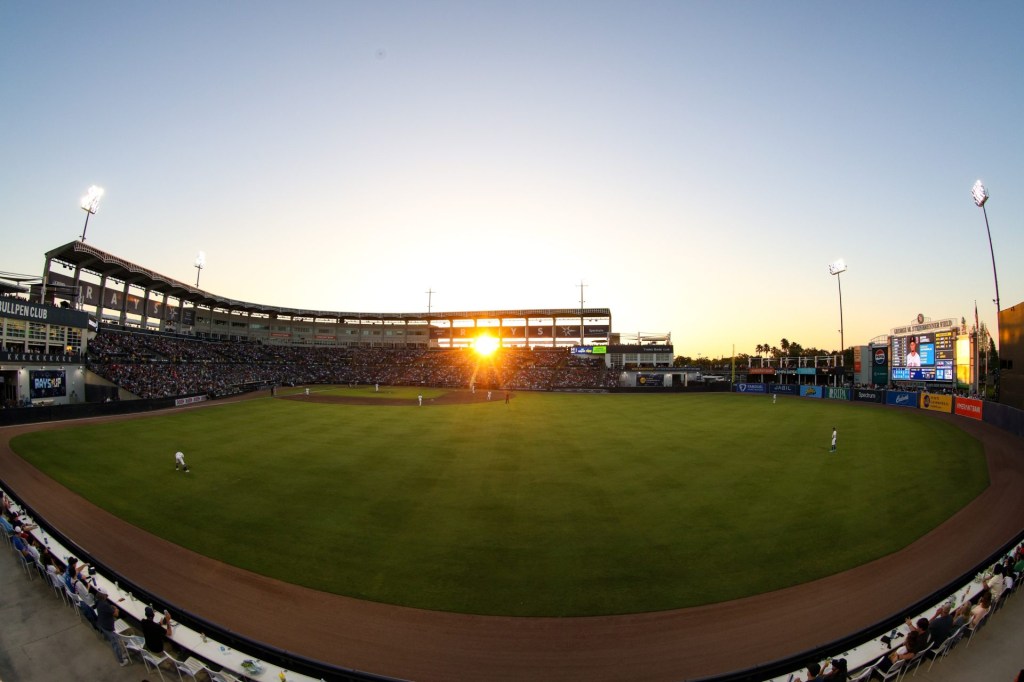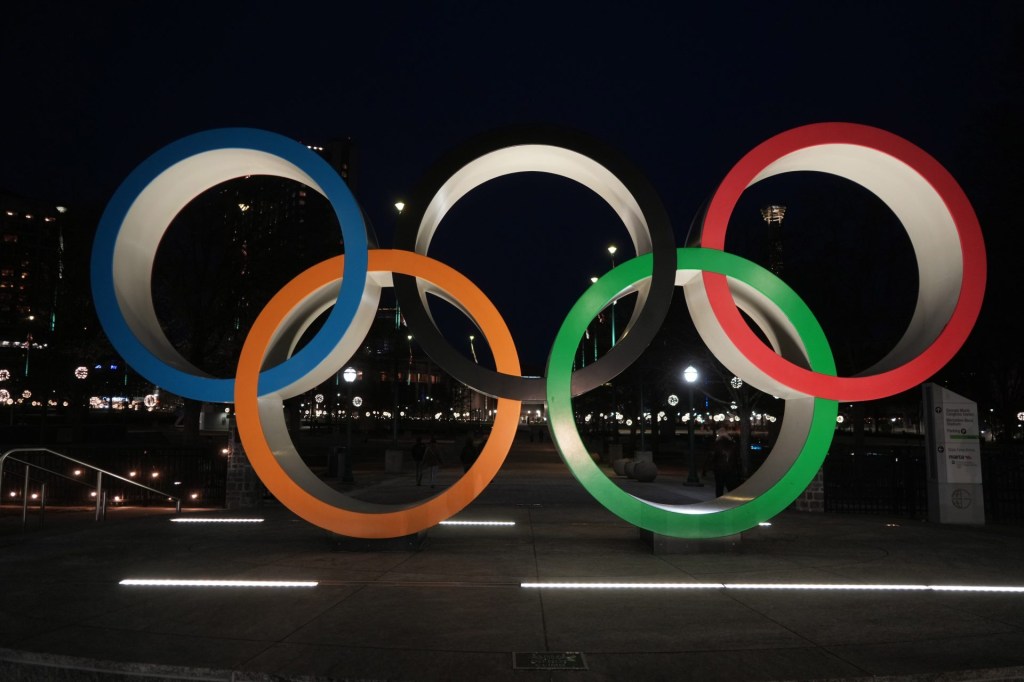When commissioner Roger Goodell does what many draft pundits expect and announces that the Titans have selected Cam Ward with the No. 1 pick on Thursday night, ESPN will be leading NFL Draft TV coverage for the 46th consecutive year.
However, a 47th year of ESPN televising the draft is not yet fully guaranteed, as the NFL has not yet signed media rights for the 2026 edition of the event and beyond.
Despite the uncertainty, sources tell Front Office Sports that ESPN is confident this is not the last time it will be covering the NFL Draft, and that it’s close to an extension to retain rights after this week’s showcase. That’s in line with multiple other reports on the topic that emerged this week.
NFL Network is also expected to retain its draft rights, sources say. This comes as the NFL remains in talks with Disney about an equity deal that would see ESPN take over operations of some league-owned media assets like NFL Network.
Additionally, YouTube is in pole position to pick up international streaming rights, sources say. Netflix previously declined to bid on draft rights, sources told FOS, although the streamer has since been keeping its options open.
The More the Merrier
The NFL has always been a proponent of a multipronged draft TV strategy.
NFL Network has broadcast its own draft coverage since 2006, less than three years after the league-owned cable channel launched. In 2018, NFL Network produced a joint feed with Fox that was simulcast on both channels.
Once again, on Thursday night, ESPN is just one of many places to watch the first round, though. ABC and NFL Network also have broadcasts, and ESPN Deportes has Spanish-language coverage.
Meanwhile, The Pat McAfee Show Draft Spectacular will stream live from Green Bay after ESPN’s $85 million man initially said his draft special would broadcast remotely from its studio in Indianapolis due to a beef with the NFL around the Scouting Combine. ESPN+, the ESPN app, YouTube, and TikTok will all carry McAfee’s draft coverage.
Ratings Report
In 2024, complete seven-round NFL Draft TV ratings across ABC, ESPN, ESPN2, and NFL Network dropped slightly to an average of 5.9 million viewers (down from 6 million in 2023), despite 12.1 million viewers tuning in to Round 1 coverage, as a record six quarterbacks were selected on the first night of the draft.
This year, after Ward at No. 1, opinions among draft experts vary on how many other quarterbacks could be taken Thursday night. Colorado’s Shedeur Sanders and Ole Miss signal-caller Jaxson Dart are the next two biggest names.


